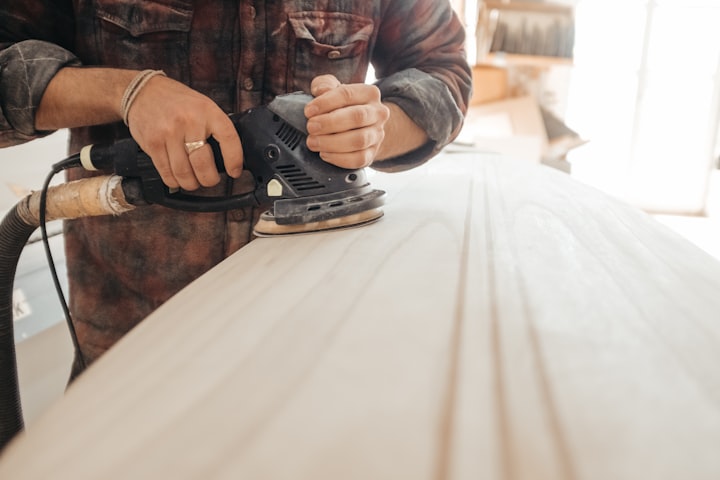
Are you bored at home and searching for something to do? Now is a great time to brush up on your woodworking skills and learn some useful techniques for constructing with plywood.
Starting out in woodworking can be intimidating, but even though you're a seasoned pro, working with plywood can give you a few curveballs. Plywood differs from other wood types in a variety of respects, so it's still a good idea to catch up on the fundamentals.
If you've been constructing for a long time or are just getting started, these top 5 tips for working with plywood are sure to come in handy.
Tip 1: How to Assemble Your Plywood Project
You've purchased all of your lovely plywood boards, so now it's time to put them together. Because of the particular way plywood is made, this can be a difficult task for the uninitiated. Fortunately, we have a few pointers to help you from losing all of those valuable boards.
If you're trying to screw stuff into the side of the plywood, our first suggestion is to pre-drill. When screws or big nails are inserted, the ply sheets have a habit of splitting. However, if you start the process with a little pre-drilling, this problem disappears entirely.
Speaking of drilling, it's better to begin on the front face of your sheets if you need to drill into them. This means that the cleanest hole is on the side of the board intended to look the best. If you bought a plywood sheet with a good quality face on both sides, or if you just want both sides to be clear, it's time to break out the tape. Place the tape on the backside of the hole you're digging, and then drill as normal. This step strengthens the ply layers and keeps them from chipping.
Tip 2: How to Get That Smooth Sanded Finish
Sanding plywood is similar to sanding some other kind of wood. You'll need the same equipment (such as an orbital sander), but there are some risks to prevent.
Because of the way plywood is made, you must be very careful when sanding. You run the risk of peeling back the face layers and revealing the deeper layers of the plywood if you sand too aggressively. This is generally referred to as a fire. This method is used on purpose to achieve the desired outcome, but if you're not going for this look, it can be a let-down.
When sanding your plywood, be gentle to prevent unintentionally having a burnt appearance. Taking a look back and calming down will save you from wasting a sheet of paper.
Tip 3: How to Install Your Own Plywood Edging
For those who have never done it before, applying your own edging may be one of the most daunting jobs, but it is really a really easy procedure. Iron-on edging makes it so much easier than all you really need to do is put the edging on your chosen plywood edge, turn on the iron, and you're done! It really is that easy!
Once you've finished those measures, you'll actually need to do some trimming because the edging is unlikely to be the exact same size as the thickness of the sheet. This can be accomplished in a variety of ways. If you have a decent pair of scissors lying about, they will suffice to make the cuts, but we always recommend a safety knife as it is by far the most dependable tool. Just make sure you let the edging cool before you begin hacking at it!
Tip 4: Use the Right Saw Blade When Cutting Plywood
You may have seen a recurring trend in our tips: plywood of Greenply varies considerably from other wood products due to how it is processed. This ensures that different methods must be taken for sanding, digging, and cutting.
The standard blade that came with your circular saw is most definitely not suitable for cutting plywood. You're looking for a carbide tip blade. These blades have far more teeth than normal blades, allowing them to cut smoothly through the many layers of a plywood board. These blades' teeth are often thinner, which avoids chipping.
Tip 5: Use a Jigsaw for Curved Plywood Cutting
Are you attempting to achieve the ultimate curved cut? In that case, a jigsaw should be your go-to method. A standard circular saw can make you fine and accurate cuts, but it will only go in straight lines. When you add a jigsaw to the mix, you can cut whatever shape your imagination can conjure up.
Remember that our advice for selecting the correct saw blade applies here as well. Smaller teeth and a higher tooth count are often preferable when cutting plywood, regardless of the saw used.
About the Creator
Amit Kr
Hi I am Amit Kr from India. I love writing on various topics. I love nature, music, pets and weekend traveling.






Comments
There are no comments for this story
Be the first to respond and start the conversation.